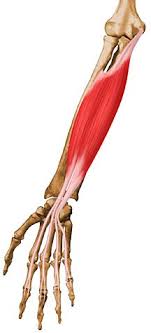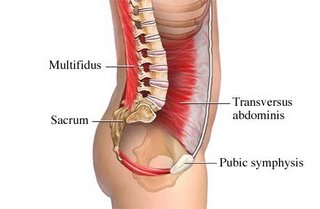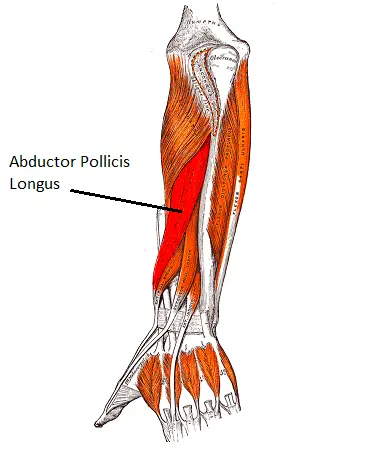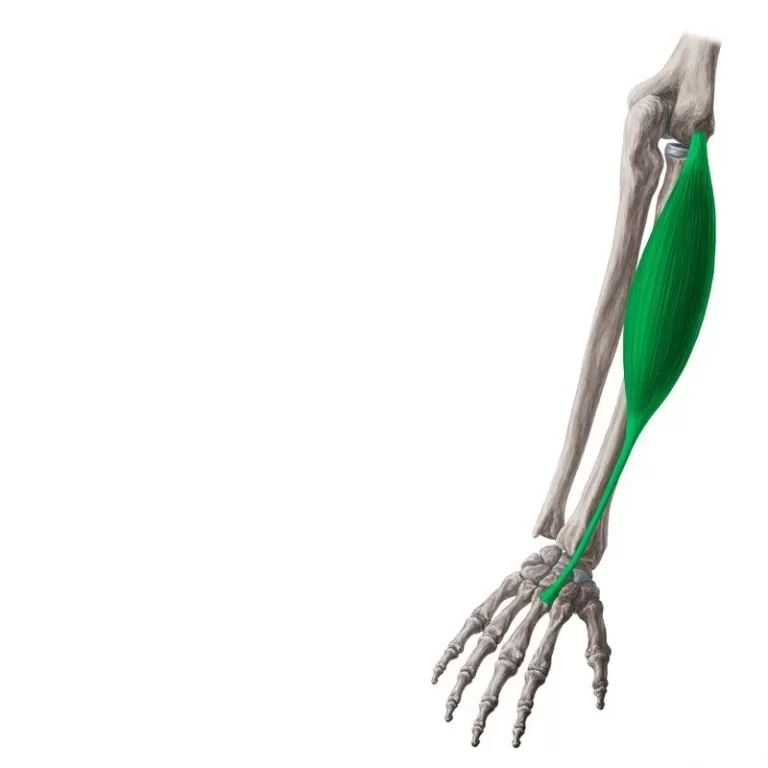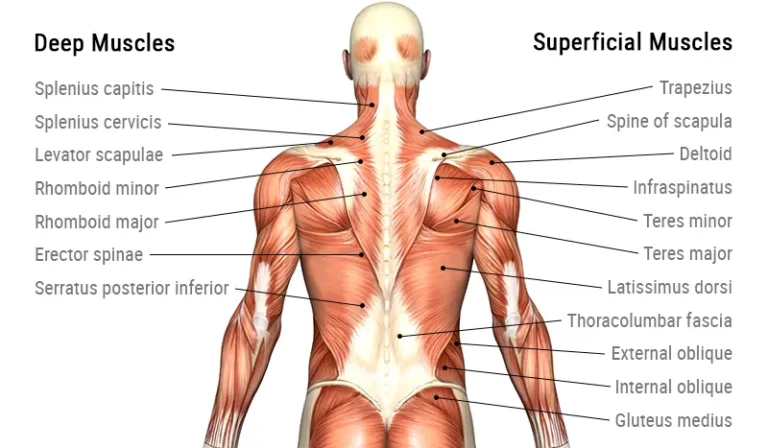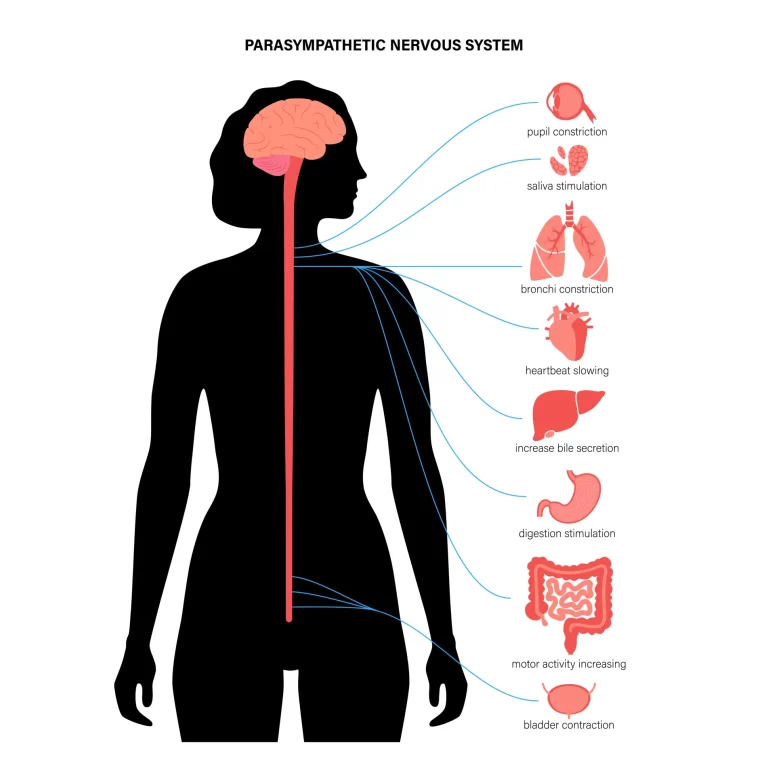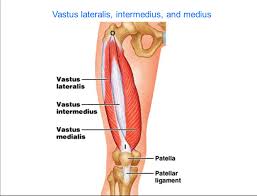Flexor digitorum superficialis muscle
Table of Contents
Flexor digitorum superficialis Muscle Anatomy
Flexor Digitorum Superficialis is in the anterior compartment of the forearm. It is sometimes considered to be the deepest part of the superficial layer of this compartment.
Origin
It has 2 heads,
- Humeroulnar head: medial epicondyle of the humerus via the common flexor tendon, medial border of the base of the coronoid process of the ulna
- Radial head: oblique line of the radius along its supero-anterior border.
Insertion
It inserts via the four tendons attaching to the anterior surface of the middle phalanx of digits 2-5.
Nerve supply
The median nerve (C7, C8, T1) supplies the muscle.
Blood supply
The primary arterial blood supply to the flexor digitorum superficialis is derived from the ulnar artery and its anterior recurrent branch. In addition to branches of the ulnar artery, the anterior and lateral surfaces of the muscle are supplied by branches of the radial artery; and its posterior surface also receives branches from the median artery.
Action
It flexes middle phalanx of fingers and assists in flexing proximal phalanx and wrist joint.
Function
The main function of flexor digitorum superficialis is flexion of the digits 2-5 at the proximal interphalangeal and metacarpophalangeal joints. Unlike the flexor digitorum profundus, flexor digitorum superficialis has independent muscle slips for all four digits. This allows it to flex the digits individually at their proximal interphalangeal joints. In addition, flexor digitorum superficialis aids the aids flexion of the wrist.
Strengthening Exercise:
1. Tennis Ball Squeeze:
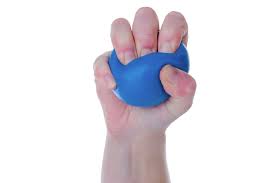
- Slowly squeeze and release a tennis ball for 20 repetitions, 3 times a day.
- Be deliberate in squeezing and relaxing at a slow pace, as both phases of contraction – concentric and eccentric – are important for building tendon strength.
- You can also use a smaller squash ball or any other type of ball that compresses with pressure and reverts back to its ball shape when you relax your muscles.
- Squeezing a ball in this fashion strengthens the tendons and muscles that line the side of your forearm that you see when your palm is facing you.
Stretching Exercise:
1. Standing Stretch:
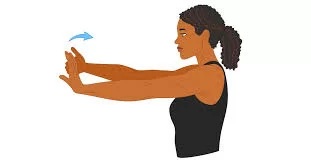
- Stand comfortably and extend the arm in front of you.
- Extend the elbow and with the help of the other hand extend the wrist and pull it towards you to increase the stretch.
- To stretch further more, with the other hand, pull the fingers towards you.
Related pathology
Carpal tunnel syndrome is a common condition that causes numbness, paresthesia and pain in the thumb, index finger, middle finger and the medial side of the ring finger. It is caused by a compression of the median nerve as it passes through the carpal tunnel, together with tendons of flexor digitorum superficialis, flexor digitorum profundus and flexor pollicis longus.
Carpal tunnel syndrome is most commonly caused by a combination of factors that reduce the space around the median nerve, such as swelling due to injury, inflammation or a neoplasm. Rarely, carpal tunnel syndrome can be caused by an aberrant muscle belly arising from the tendon of flexor digitorum superficialis that compresses the median nerve.

